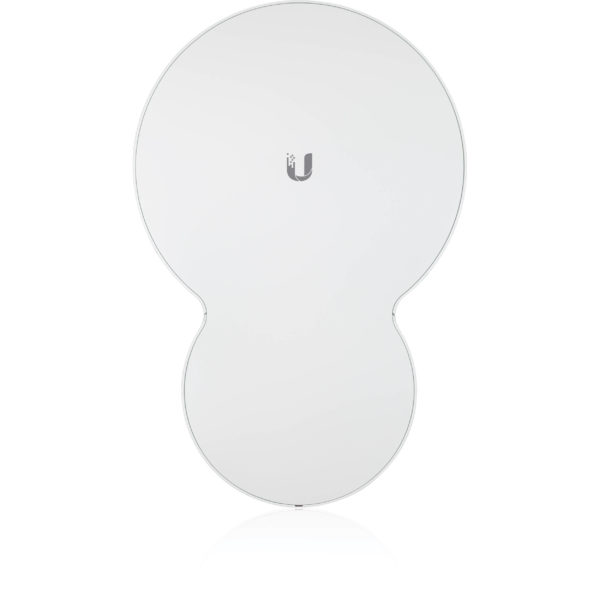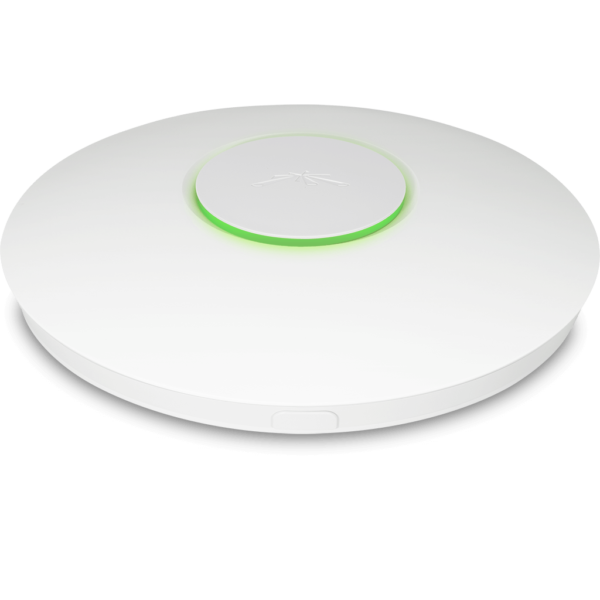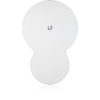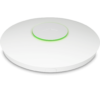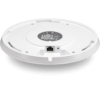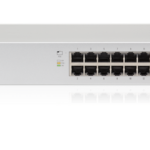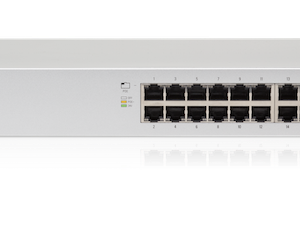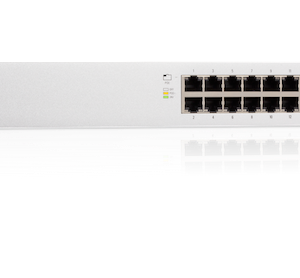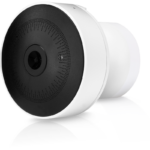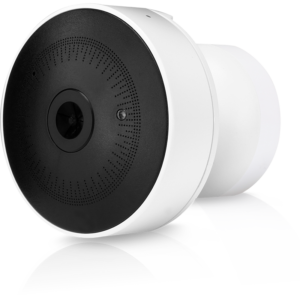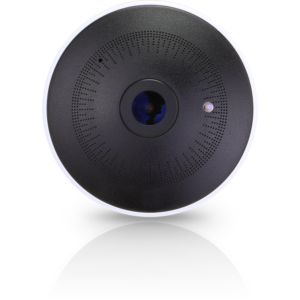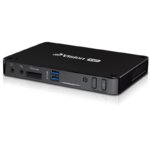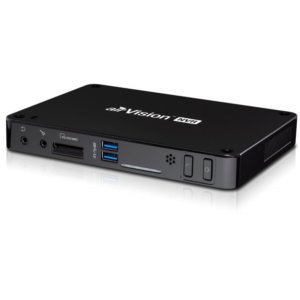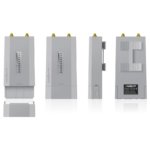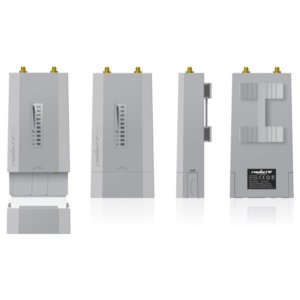AF-24 Airfiber 1.4 GBPS + Back haul Radio
₦750,000.00
UBIQUITI-UF NANO G UFiber GPON
- Description
- Accessories
- Specification
- Download
Description
The airFiber 24 GHz Carrier Class Point-to-Point Gigabit Radio from Ubiquiti Networks is a point-to-point wireless platform. It has a compact, efficient form factor that delivers optimal wireless Gigabit+ performance, low latency, and long range. It is suitable for carrier backhaul, building-to-building enterprise use, or public safety applications. The AF-24HD-US provides throughput at up to 2 Gb/s and range of up to 20+ km. It also includes a rugged exterior with a metal reflector.
- Design
- From the silicon chip up to the split-antenna architecture, airFiber delivers optimal throughput with efficiency. The airFiber is built to create a high performance backhaul. 1
- Plug and Play Deployment
- Based on intuitive airOS, the airFiber configuration interface enables quick deployment. With installation efficiency in mind, the mechanical design allows easy installation by one person. A 2-person installation crew can effectively install and align an airFiber link. To fine-tune the alignment, the received signal levels can be conveniently accessed via airFiber LED display, airFiber Configuration Interface, or Audio tone feature.
- Worldwide License-Free Operation
- The airFiber operates in worldwide, license-free, 24 or 5 GHz frequencies. Anyone around the world can purchase and operate airFiber without any special permits, paperwork, or added licensing costs. You are free to locate, deploy, and operate airFiber practically anywhere you choose (subject to local country regulations).
- Built for Speed and Range
- The airFiber AF24 delivers Gigabit performance at 1.4+ Gb/s. To put this in perspective, airFiber can transmit a 100MB file in less than a second. With speed and throughput surpassing conventional wired backhauls, airFiber prevails over expensive and labor-intensive wired infrastructures. The airFiber is built for long-range use, up to 13+ km for airFiber AF24, which launches the xtreme Range Technology (xRT) feature.
- Proprietary Modem Technology
- The Proprietary Modem technology was built to address the specific challenges of outdoor, point-to-point bridging and high-performance network backhauls. Every aspect of the radio has been simulated and designed to optimize range, speed, and latency performance in the harsh RF noise environments.
- Synchronous Data Transmission and Reception
- Conventional wireless standards impose latency by having to receive a packet before a packet is transmitted. The airFiber can transmit data synchronously without any wait time. It features traditional TDD and FDD modes of operation in addition to the proprietary Hybrid Division Duplexing (HDD) mode, which provides a breakthrough in range and spectral efficiency performance.
Based on the ranging algorithm built into the air protocol, the airFiber radios use patent-pending HDD technology to calculate the propagation delay and know when each radio can transmit and receive, so they send packets in precise synchronization. Packet transmission latency is virtually eliminated.
- Dual-Antenna Architecture
- The airFiber features a dual-independent, 2 x 2 MIMO, high-gain reflector antenna system. Separate transmit (TX) and receive (RX) antennas help extend link budgets by eliminating the extra RF losses caused by the switches or duplexers required in systems with common TX/RX antennas.
The airFiber radio has two complete antenna systems and a mechanical back-plane that are constructed as a one-piece monocoque, molding a radical departure from industry practice. Monocoque means that the exterior skin supports the structural load of airFiber hardware. Due to its single-piece, injection-molded architecture, airFiber adds lightness in weight and affordability to its list of advantages.
- Network Management Options
- The airFiber supports network management which is It a choice between the greater security of out-of-band management and the convenience of in-band management.
- SNMP Support
- The airFiber supports full SNMP support to aid in network management.
- Local and Remote airFiber Status Information
- Local and remote airFiber status information is available on the Main tab of the airFiber Configuration Interface.
- 24 GHz Performance
- Systems for millimeter-wave frequencies typically experience Radio Frequency (RF) losses, which occur when a part of the RF is lost in the switches and filters. Ubiquiti eliminates such RF losses with separate TX and RX antennas, so the link budget is robust and airFiber AF24 has better noise figure and higher transmit power efficiency.
- Optimal Performance and Range
- The AF-24HD model supports the dense modulation rates, up to 256QAM, that are required for high data rates, up to 2 Gbps. It offers automatic compensation for path loss degradation due to rain fade, providing an optimal range among 24 GHz products. It also allows for constellation threshold extension.
- Mechanical Assembly
- The airFiber mechanical assembly has been tested to meet MIL-STD-810G, a rigorous United States Military Standard (MIL-STD) that defines a variety of challenging environmental conditions. Its mechanical assembly has also undergone vibration testing using an extended version of IEC 60068-2-6, an environmental standard of the International Electrotechnical Commission (IEC).
No Accessories
Ubiquiti Networks AF-24HD Specs
| Interface | |
|---|---|
| Data Port | 10/100/1000 Ethernet port |
| Configuration Port | 10/100 Ethernet port |
| Auxiliary Port | RJ-12, Alignment Tone port |
| System Specifications | |
|---|---|
| Maximum Throughput | 2 Gb/s |
| Maximum Range | 20+ km |
| Packets per Second | >1 million |
| Encryption | 128-bit AES |
| Forward Error Correction | 164/205 |
| Uplink/Downlink Ratio | 50% fixed |
| Radio Frequencies | |
|---|---|
| GPS | GPS clock synchronization |
| Integrated Split Antenna | |
|---|---|
| TX Gain | 33 dBi |
| RX Gain | 38 dBi |
| Beamwidth | < 3.5° |
| Front-to-Back Ratio | 70 dB |
| Polarity | Dual-slant polarization |
| Cross Polar Isolation | >28 dB |
| Standards and Certifications | |
|---|---|
| Certifications | CE, FCC, IC |
| Physical Characteristics | |
|---|---|
| Dimensions | 23.35 x 30.24 x 14.57" (593.00 x 768.00 x 370.00 mm) |
| Weight | 38.14 lb (17.30 kg) mount included |
No download

